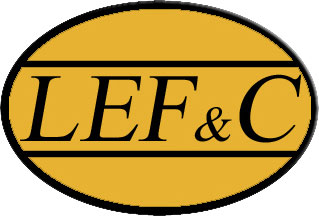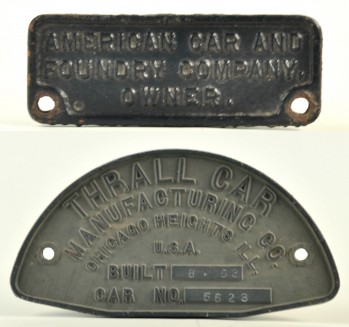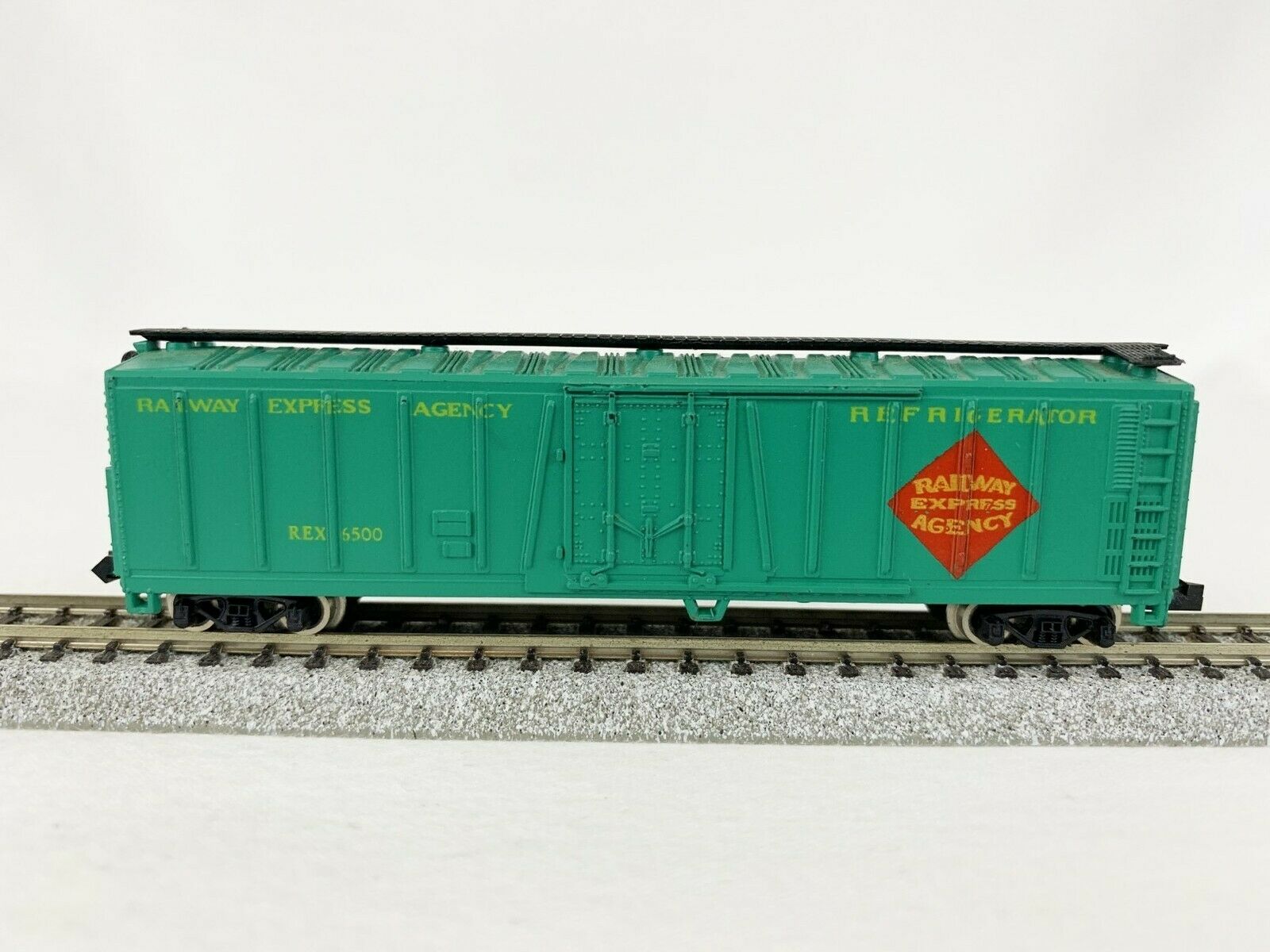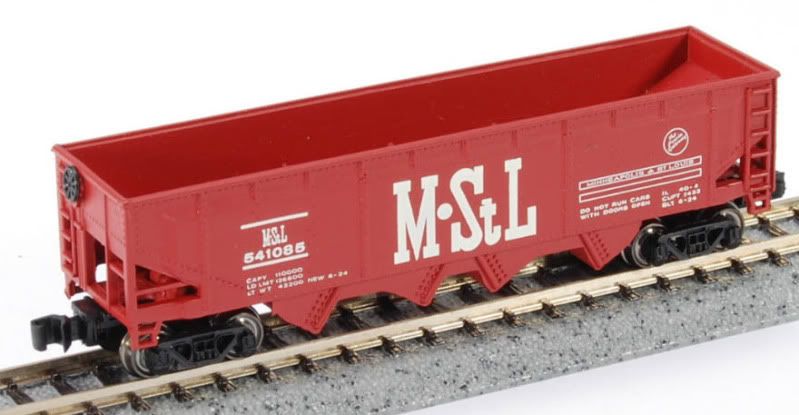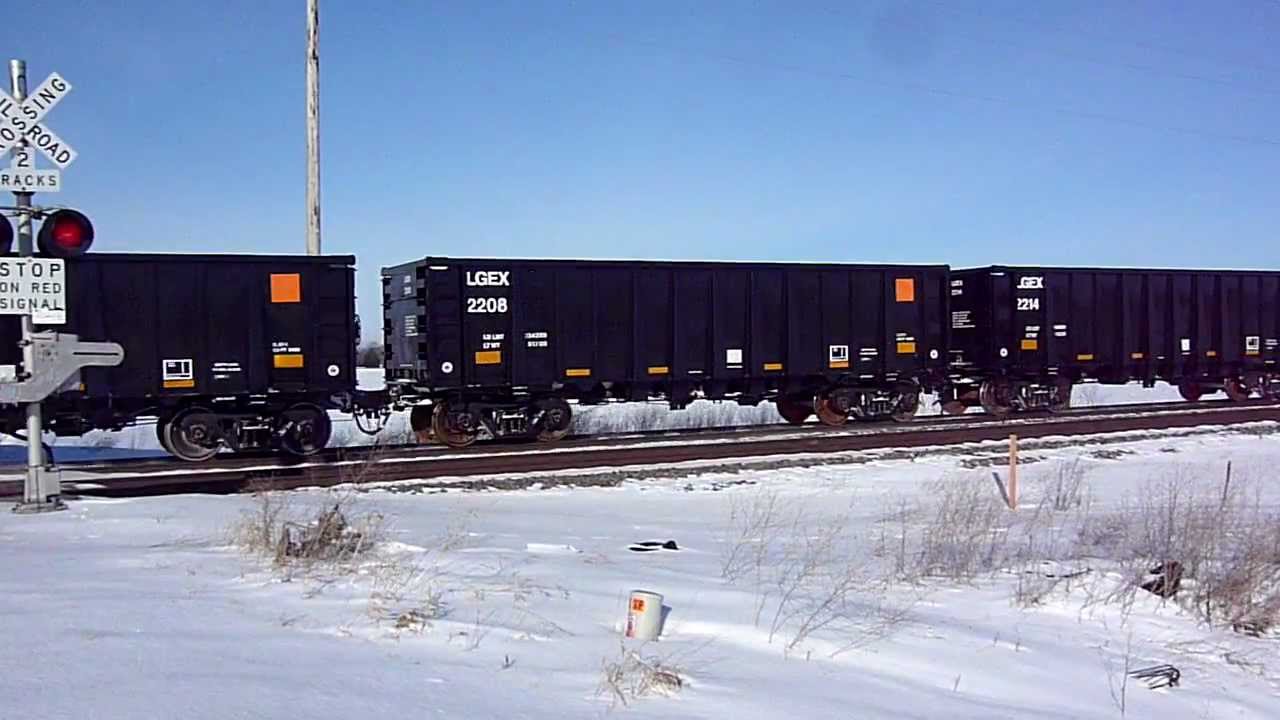Model Information: This is one of the body styles acquired by Athearn from MDC in June of 2004 and re-run under the Athearn Brand. A significant re-release was done by Athearn in 2019.
Prototype History: Thrall was a recognizable freight car manufacturing company in the 1960s to 1980s. Their designs still carry on today. The company focused on building specialized freight cars including high side gondolas, and rotary-dump gondolas for coal. In the 1980s, Thrall acquired five competing railcar manufacturers and became the largest such manufacturer of these cars in the United States.
In the 1960s, coal haulage shifted from open hopper cars to high-sided gondolas. Using a gondola, the railroads are able to haul a larger amount of coal per car since gondolas do not include the equipment needed for unloading. However, since these cars do not have hatches for unloading the products shipped in them, railroads must use rotary car dumpers (mechanisms that hold a car against a short section of track as the car and track are slowly rotated upside down to empty the car) or other means to empty them.
In the 1960s, coal haulage shifted from open hopper cars to high-sided gondolas. Using a gondola, the railroads are able to haul a larger amount of coal per car since gondolas do not include the equipment needed for unloading. However, since these cars do not have hatches for unloading the products shipped in them, railroads must use rotary car dumpers (mechanisms that hold a car against a short section of track as the car and track are slowly rotated upside down to empty the car) or other means to empty them.
Road Name History: The Lake Erie, Franklin, and Clarion Railroad (reporting mark LEF) was a fifteen mile long short line that ran from a Conrail connection at Summerville, Pennsylvania, to Clarion, Pennsylvania, the county seat of Clarion County, and included a short branch from Sutton to Heidrick. The road was incorporated in 1913 as a consolidation of several other railroads, the Pennsylvania Northern, Pennsylvania Southern, and the Pittsburgh, Clarion and Franklin, which itself was formed from the Pittsburgh, Summerville, and Clarion [which began operation in 1904 and was leased to the Pennsylvania Southern in 1910. Length peaked at about 80 miles of track in around 1924. The corporate name was somewhat optimistic: the railroad never reached either Franklin or Lake Erie.
In the late 20th century, traffic included sand for Clarion's glass making plant, glass bottles, lumber, and outbound shipments of coal, some of it in unit trains from the extensive coal deposits around Clarion. Traffic also included brick from the Hanley Brick Plant in Summerville. The line ceased operation in the last decade of the 1900s due to a sharp decline in coal mining in the area. The track was taken up and the roadbed in now a hiking path. One of the railroad's cabooses had been used for several years as a Chamber of Commerce roadside information booth across the highway from the local Wal-Mart, but has been removed and is now serving much the same purpose in the town of Foxburg on the Allegheny River, a few miles to the southwest.
The line's yard and engine facility were located in Clarion, just south of U.S. route 322 and behind many of the buildings of Clarion University of Pennsylvania, formerly Clarion State Teachers' College. A section house was located at the siding to Hanley Brick, now Glen-Gary in Summerville. Motive power in the line's final years was four EMD MP15DC switchers #25-28, which replaced two earlier EMD SW1500s #23-24. During the final years when steam locomotives powered LEF&C trains, most of the road's locomotives were 2-8-0's which had been acquired second hand from other railroads.
In the late 20th century, traffic included sand for Clarion's glass making plant, glass bottles, lumber, and outbound shipments of coal, some of it in unit trains from the extensive coal deposits around Clarion. Traffic also included brick from the Hanley Brick Plant in Summerville. The line ceased operation in the last decade of the 1900s due to a sharp decline in coal mining in the area. The track was taken up and the roadbed in now a hiking path. One of the railroad's cabooses had been used for several years as a Chamber of Commerce roadside information booth across the highway from the local Wal-Mart, but has been removed and is now serving much the same purpose in the town of Foxburg on the Allegheny River, a few miles to the southwest.
The line's yard and engine facility were located in Clarion, just south of U.S. route 322 and behind many of the buildings of Clarion University of Pennsylvania, formerly Clarion State Teachers' College. A section house was located at the siding to Hanley Brick, now Glen-Gary in Summerville. Motive power in the line's final years was four EMD MP15DC switchers #25-28, which replaced two earlier EMD SW1500s #23-24. During the final years when steam locomotives powered LEF&C trains, most of the road's locomotives were 2-8-0's which had been acquired second hand from other railroads.
Brand/Importer Information:  MDC Roundhouse was founded in California in 1938 and relocated in 1993 to Carson City, Nevada due to statewide restrictions on painting. MDC Roundhouse was a producer of both RTR (Ready-to-Run) and kit versions of N Scale rolling stock as well as RTR locomotives. They entered the N scale market in 1979 with a Thrall Hi-Side Gondola and a Hi-Cube Single Door Box Car. MDC Roundhouse was purchased by Horizon Hobbies in June of 2004, when its owner since 1938 C. H. Menteer retired, and merged into their Athearn line.
MDC Roundhouse was founded in California in 1938 and relocated in 1993 to Carson City, Nevada due to statewide restrictions on painting. MDC Roundhouse was a producer of both RTR (Ready-to-Run) and kit versions of N Scale rolling stock as well as RTR locomotives. They entered the N scale market in 1979 with a Thrall Hi-Side Gondola and a Hi-Cube Single Door Box Car. MDC Roundhouse was purchased by Horizon Hobbies in June of 2004, when its owner since 1938 C. H. Menteer retired, and merged into their Athearn line.
Unlike many of their contemporaries which contracted with European firms to produce their products, MDC made their own toolings. They made several popular body styles and produced them for road names that many other vendors (even Micro-Trains) wouldn't touch. This made them popular with modelers. Also, their un-assembled "kits" permitted a lower price point so they were popular with "runners" as well as "modelers".
Of particular interest was the attention given to modern 50 foot steel boxcars. They made some attempt to accurately mold the differences into distinct models to represent each of the major prototype manufacturers products. They have distinct toolings not only for the different products from FMC, BFF and PS, but also multiple models for each of these manufacturers including "standard" vs "Youngstown" doors and "waffle" vs. "rib" sides. In total they produced 13 different versions of the 50 foot steel boxcar.

Unlike many of their contemporaries which contracted with European firms to produce their products, MDC made their own toolings. They made several popular body styles and produced them for road names that many other vendors (even Micro-Trains) wouldn't touch. This made them popular with modelers. Also, their un-assembled "kits" permitted a lower price point so they were popular with "runners" as well as "modelers".
Of particular interest was the attention given to modern 50 foot steel boxcars. They made some attempt to accurately mold the differences into distinct models to represent each of the major prototype manufacturers products. They have distinct toolings not only for the different products from FMC, BFF and PS, but also multiple models for each of these manufacturers including "standard" vs "Youngstown" doors and "waffle" vs. "rib" sides. In total they produced 13 different versions of the 50 foot steel boxcar.
Item created by: gdm on 2016-10-24 17:35:17. Last edited by CNW400 on 2020-07-01 13:35:24
If you see errors or missing data in this entry, please feel free to log in and edit it. Anyone with a Gmail account can log in instantly.
If you see errors or missing data in this entry, please feel free to log in and edit it. Anyone with a Gmail account can log in instantly.



